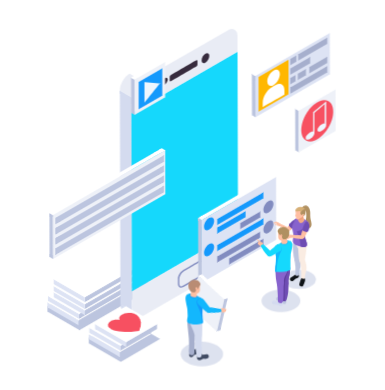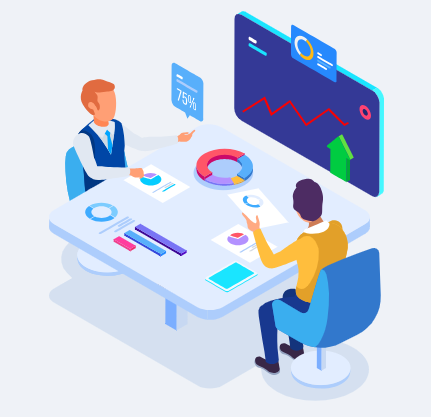Mobile App Development
Modern, responsive and cross platform apps
Develop your next big app with us
Sentinel Technologies’ efficient web-based multi-channel order fulfillment and warehouse management platform has been crafted specifically for fashion, lifestyle & various other brands. In a single view, you can see the inventory across all marketplaces because a seamless order inventory can sync, in just a few seconds.
Need to carry out tasks in multiple locations – Not a problem anymore because our cloud-based & on-premises deployment strategies help the staff use advanced inventory management support; thus avoiding careless mistakes which had been previously caused due to miscommunication.

Why Choose Us
With sentinel technologies having your back – check 100% of the inventory to all sales channels, resulting in 2-3x increase in sales.
Dedicated Development Team
Having a buffer in case of scheduling changes is highly beneficial as one can avoid scheduling conflicts or in case if a shift has no assigned worker.
Vast Expertise
Having a buffer in case of scheduling changes is highly beneficial as one can avoid scheduling conflicts or in case if a shift has no assigned worker.
Cross Platform Support
Having a buffer in case of scheduling changes is highly beneficial as one can avoid scheduling conflicts or in case if a shift has no assigned worker.
Scalable & Flexile
Having a buffer in case of scheduling changes is highly beneficial as one can avoid scheduling conflicts or in case if a shift has no assigned worker.
Methodology
Agile development model to maximize success
Get Accelerated Results and Decelerated Errors.The requirement is the very first step in the SDLC process. It is to be conducted by the senior team members with inputs from all the stakeholders and experts of a specific industry. Planning for quality assurance requirements along with recognition of the numerous risks is also done at this stage which in turn gives a clear picture about the scope of the project, any impending issues, opportunities, and directives, which kickstarted the project in the first place.
In the next phase, the system and software design documents are prepared according to the requirement specification document. This assists in defining the overall structure and system. Here, design stage serves as an input for the next stage of the model.
Once the system design phase is over, the next phase is coding or development. At this stage, trained developers start building the whole system by writing a code, using the chosen programming language.
When the software is completed, it is deployed in the testing phase. A testing team starts testing the functionality of the whole system which is done to verify whether the entire application works according to the customer requirement or not.
As soon as the testing phase of the software is done, and no bugs or errors are left to be taken care of, then the final deployment process begins. Based on the project manager’s feedback, the final software is released and checked for any deployment issues.
Now when the system is deployed, and clients start using the software, the following 3 activities take place: –
- Fixing Bugs – Any bugs reported, due to various reasons which had not been tested at all.
- Upgrade – Upgrading the application to newer, better versions of the software.
- Enhancement – Adding new, smart features into the existing software.



